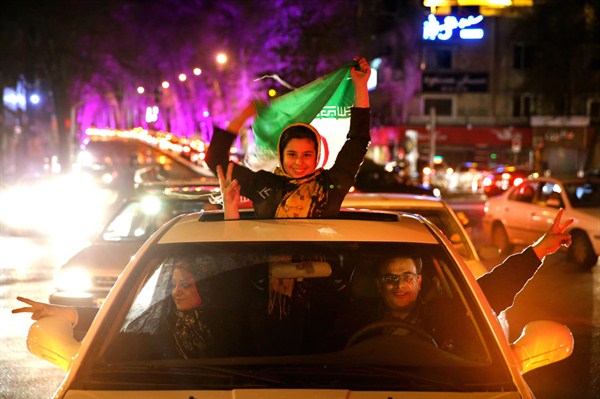The recent framework agreement between Iran and the P5+1—the United States, the United Kingdom, France, Germany, Russia and China—removed a major hurdle toward resolving the standoff over Tehran’s nuclear program. Though a final deal between Iran and the West before the self-imposed June 30 deadline is far from guaranteed, it cannot be excluded and now seems more reachable than ever before. But would such an agreement also bring about a broader rapprochement between the U.S. and Iran? And what changes to Iran’s regional policy can be expected if a nuclear deal is reached and sanctions on the Islamic Republic are lifted?
More than three decades after the Iranian Revolution, the driving force behind Iran’s foreign policy remains largely misunderstood. Iran has often been accused of being a hegemonic power, driven by a desire to dominate the Middle East and a messianic calling to spread its ideology. While describing Iran in these terms has often been politically appealing, particularly in Washington, evidence for such an assessment of Iran’s foreign policy has been limited at best.
Indeed, with Iran and the West now on the cusp of reaching the historic nuclear agreement, much of the conventional wisdom about Iran has proved to be false. Contrary to the prediction that it may “not be possible for the United States and Iran to reach a diplomatic accommodation as long as [Ayatollah Ali] Khamenei is Leader,” Iran’s supreme leader has firmly backed President Hassan Rouhani’s diplomacy with Washington and justified it in terms of Iran’s state ideology, casting the shift as a sign of “heroic flexibility.”

